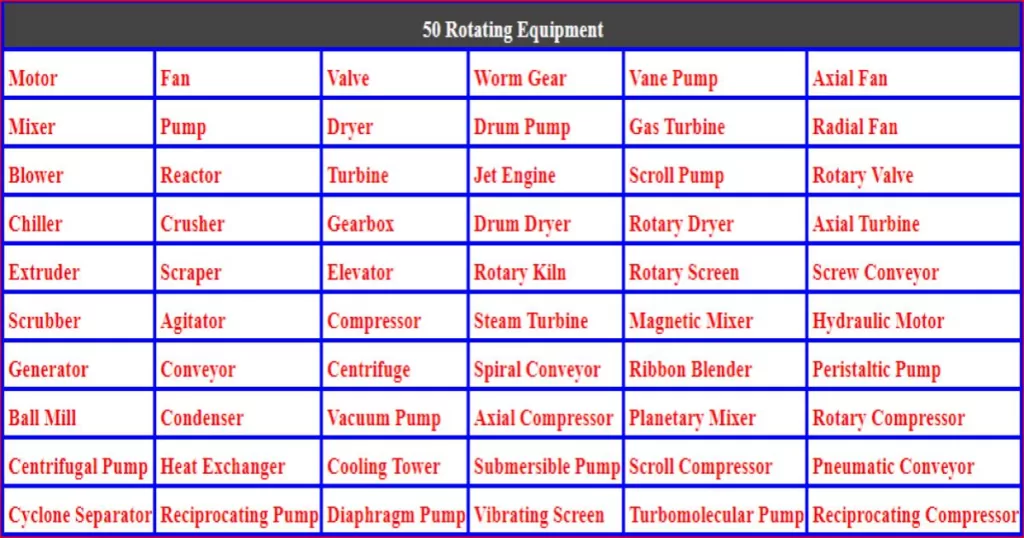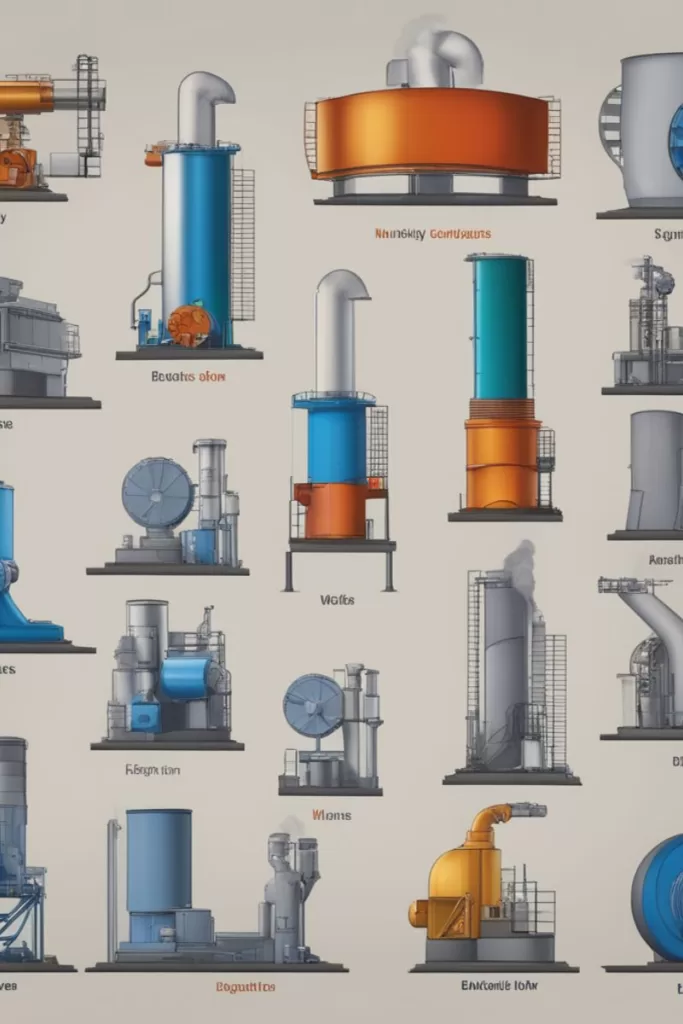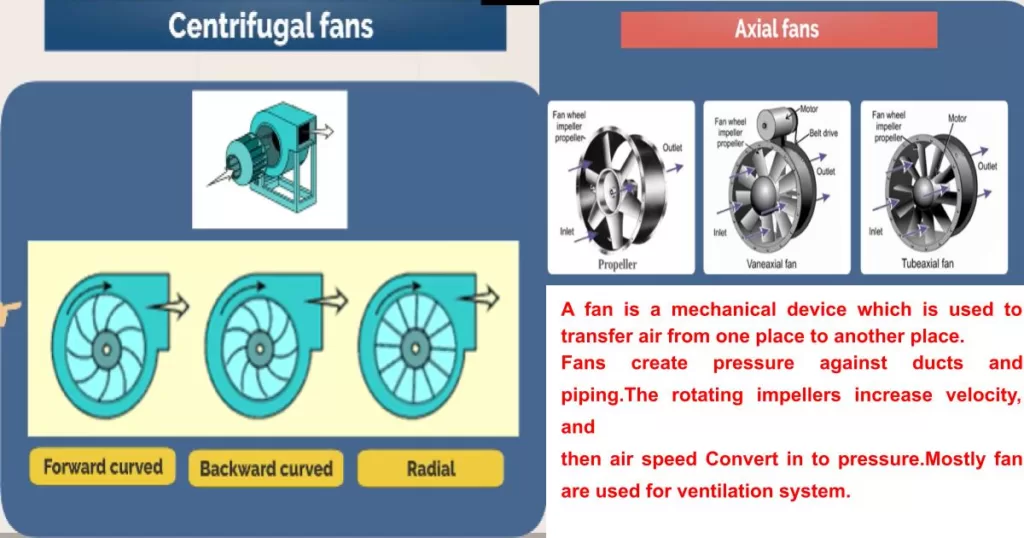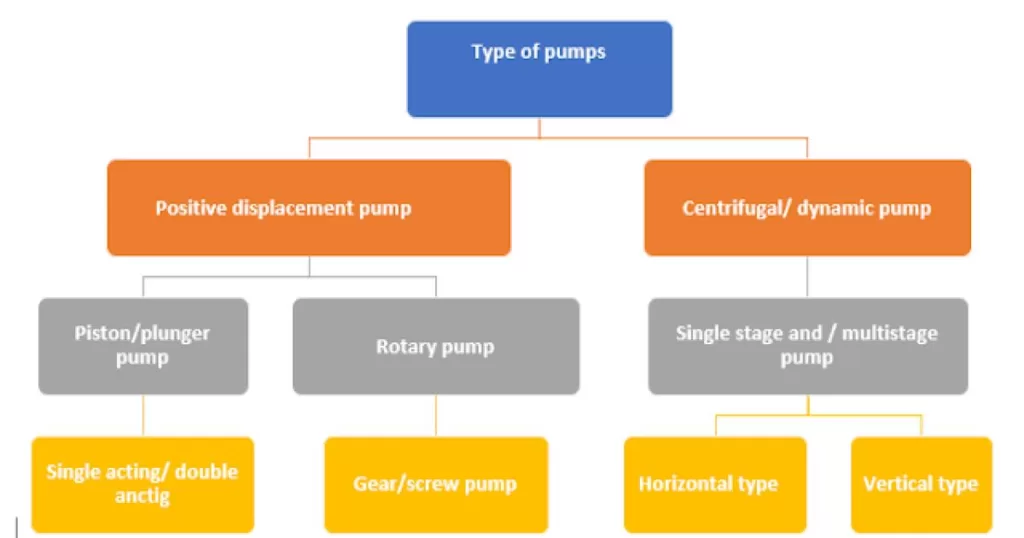Chamical plant Process Flow Diagrams: A Step-by-Step Guide
Looking to understand the intricate workings of chemical plants? Look no further! In this comprehensive guide, we will walk you through the step-by-step process of chemical plant process flow diagrams.
Chemical plant process flow diagrams are invaluable tools that visually depict the various stages and components involved in the production of chemicals. From raw material input to final product output, these diagrams provide a bird’s-eye view of the entire manufacturing process.
Whether you are a chemical engineer, a student studying chemical engineering, or simply curious about how these plants operate, this guide is for you. We will break down each stage of the process, explaining the purpose and function of every element within the system.
By the end of this guide, you will have a clear understanding of how chemical plants work and how process flow diagrams can aid in their efficient operation. So, let’s dive in and explore the fascinating world of chemical plant processes!

Importance of process flow diagrams in chemical plants
Process flow diagrams play a crucial role in chemical plants as they provide a visual representation of the entire production process. These diagrams offer a clear overview of the sequence of operations, equipment involved, and the flow of materials throughout the plant.
One of the key advantages of process flow diagrams is their ability to identify potential bottlenecks or areas of inefficiency within the plant. By mapping out the process steps, engineers can analyze the flow and identify areas for optimization, ultimately improving the overall productivity of the plant.
Additionally, process flow diagrams are essential for effective communication between different departments and stakeholders within the chemical plant. These diagrams serve as a common language that can be easily understood by operators, engineers, and management, facilitating discussions and decision-making processes.
In summary, process flow diagrams are essential tools for chemical plants as they provide a visual representation of the entire production process, identify inefficiencies, and improve communication among various stakeholders.
Components of a process flow diagram
Before we dive into the step-by-step guide for creating a process flow diagram, let’s first understand the key components that make up these diagrams. A typical process flow diagram consists of the following elements:
- Process steps: These are the individual stages or operations that take place within the chemical plant. Each step is represented by a unique symbol or shape, indicating its specific function.
- Equipment: This includes all the machinery, vessels, reactors, and other physical components involved in the production process. Each piece of equipment is represented by a specific symbol, making it easy to identify and understand.
- Instruments: Instruments play a crucial role in monitoring and controlling the process parameters within the chemical plant. These can include temperature sensors, pressure gauges, flow meters, and level indicators. Each instrument is represented by a symbol that indicates its function.
- Control loops and interlocks: These are the mechanisms that ensure the process operates within specified limits. Control loops maintain the desired conditions by adjusting various parameters, while interlocks provide safety measures to prevent hazardous situations.
- Flow arrows: Flow arrows indicate the direction of material flow within the process. These arrows connect the various process steps, equipment, and instruments, providing a clear visual representation of the material movement.
Now that we have a basic understanding of the components, let’s move on to the step-by-step guide for creating a process flow diagram.
Step-by-step guide to creating a process flow diagram
Creating a process flow diagram involves several stages, starting from gathering information and data to reviewing and revising the diagram. Let’s explore each step in detail:
Gathering information and data for the process diagram flow
The first step in creating a process flow diagram is to gather all the necessary information and data related to the chemical plant. This includes understanding the overall process, the raw materials used, the equipment and instruments involved, and any specific requirements or constraints.
To gather this information, it is essential to collaborate with various stakeholders, including process engineers, operators, and maintenance personnel. Interviews, site visits, and document reviews can be helpful in collecting the required data.
Once the data is collected, it needs to be organized and structured in a way that can be easily represented in the process flow diagram. This may involve categorizing the information based on process steps, equipment, or other relevant parameters.
Identifying and mapping the process steps
The next step is to identify and map out the process steps involved in the chemical plant. This requires a thorough understanding of the sequence of operations and the interdependencies between different steps.
Start by listing the process steps in the order they occur, ensuring that all relevant steps are included. Then, connect these steps using flow arrows to indicate the material flow between each step.
It is important to consider any branching or parallel paths in the process and represent them accordingly in the diagram. This will provide a clear understanding of how the material flow is divided or combined at different stages.
Representing equipment and instruments in the process flow diagram
Once the process steps are mapped out, the next step is to represent the equipment and instruments involved in the process. Each piece of equipment and instrument should be assigned a unique symbol, making it easy to identify and understand their function.
For equipment, symbols can vary depending on the type of equipment. For example, vessels may be represented by a circle, while reactors may be represented by a rectangle with specific markings. Similarly, instruments have their own set of symbols that indicate their purpose.
Ensure that the equipment and instruments are placed in the correct sequence within the process flow diagram, indicating their position and relation to the process steps.
Adding control loops and interlocks to the process flow diagram
Control loops and interlocks are critical components of a chemical plant, and they should be included in the process flow diagram to ensure a comprehensive representation of the process.
Control loops can be represented by specific symbols that indicate their function, such as a circle with an arrow. Interlocks, on the other hand, are typically represented by a square with specific markings.
Identify the control loops and interlocks within the process and connect them to the relevant equipment or process steps in the diagram. This will provide a clear understanding of how these mechanisms are integrated into the overall process.
Reviewing and revising the process flow diagram
Once the initial process flow diagram is created, it is important to review and revise it to ensure accuracy and clarity. This involves cross-checking the diagram with the collected data, consulting with relevant stakeholders, and making any necessary adjustments.
Importance of process flow diagrams in chemical plants
Common symbols used in process flow diagrams
Types of process flow diagrams – block flow diagrams, process flow diagrams, piping and instrumentation diagrams
Examples of process flow diagrams in chemical plants
Benefits of using process flow diagrams in chemical plants
Step-by-step guide to creating a process flow diagram
Benefits of using process flow diagrams in chemical plant operations
Software tools for creating process flow diagrams
Conclusion and key takeaways



